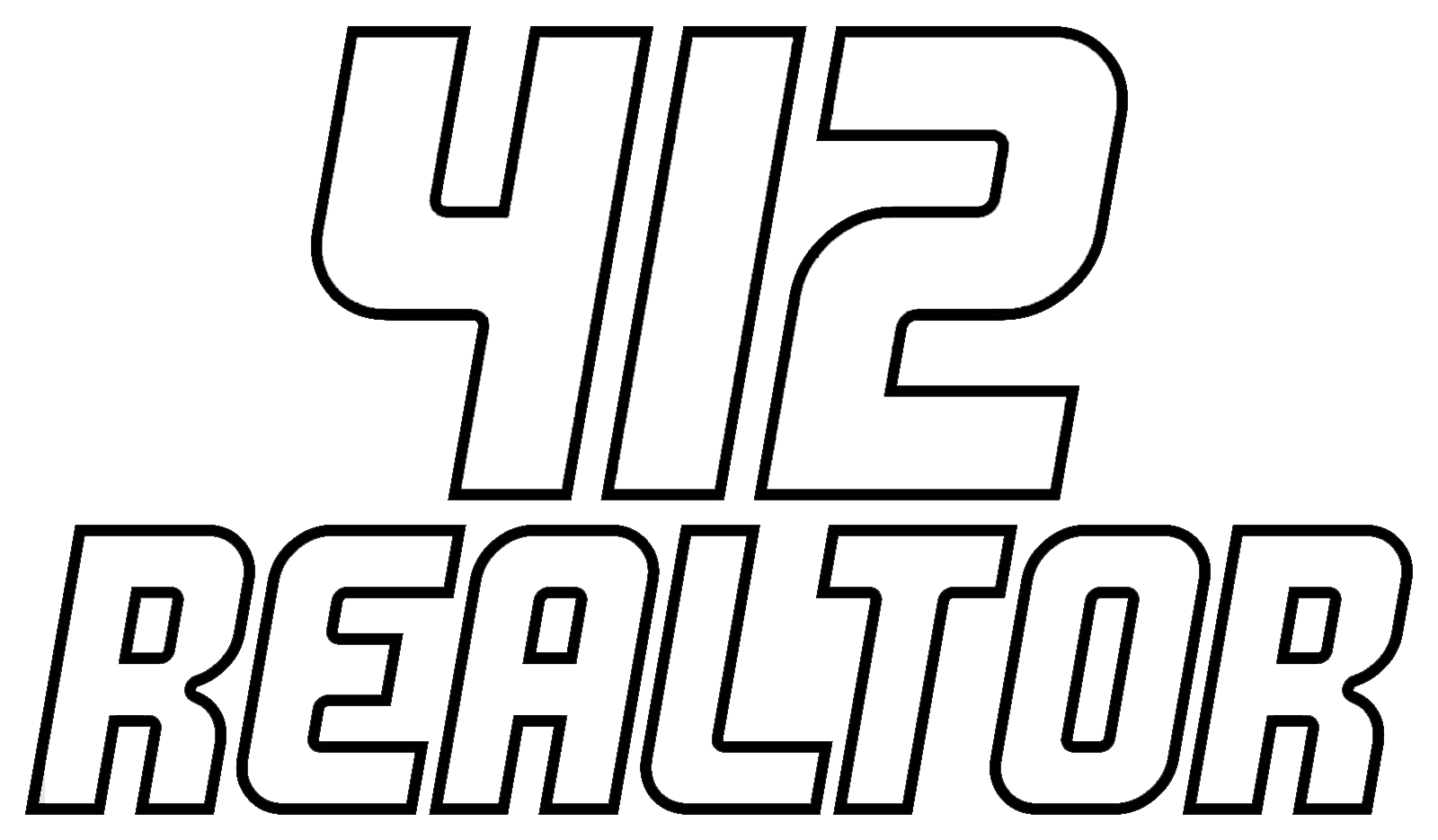Buying a home is one of the biggest financial decisions you’ll make, and securing the right mortgage is a crucial step in the process. Whether you’re a first-time homebuyer or looking to refinance, understanding how mortgages work can help you make informed decisions and save money in the long run.
What Is a Mortgage?
A mortgage is a loan used to purchase a home, where the property itself serves as collateral. The borrower agrees to repay the loan over time, typically in monthly installments, which include both principal and interest.
Types of Mortgage Loans
CONVENTIONAL LOANS
- These are standard loans not backed by the government. They often require a good credit score and a down payment of at least 3%, though 20% can help avoid private mortgage insurance (PMI).
FHA LOANS
- Backed by the Federal Housing Administration, these loans are designed for buyers with lower credit scores or smaller down payments (as low as 3.5%).
VA LOANS
- For eligible military members and veterans, VA loans require no down payment and offer competitive interest rates.
USDA LOANS
- Intended for buyers in rural and some suburban areas, USDA loans offer no down payment and low-interest rates for qualified borrowers.
JUMBO LOANS
- Used for high-value properties, these loans exceed conventional loan limits and require strong credit and financial stability.
HOW TO QUALIFY FOR A MORTGAGE
Lenders evaluate several factors before approving a mortgage:
Credit Score – Higher scores qualify for better interest rates. A score of 620 or higher is often required for conventional loans.
Debt-to-Income Ratio (DTI) – Lenders prefer a DTI below 43%, meaning your monthly debt payments should not exceed 43% of your income.
Down Payment – A larger down payment can reduce loan costs and eliminate the need for PMI.
Employment & Income – Steady employment and sufficient income help secure better loan terms.
Understanding Mortgage Rates
Mortgage rates fluctuate based on economic factors, the Federal Reserve’s policies, and your personal financial profile. To secure the best rate:
- Monitor Market Trends – Rates change frequently, so staying informed helps you lock in a favorable rate.
- Improve Your Credit Score – A higher score leads to better loan terms.
- Compare Lenders – Different lenders offer varying rates, so shop around before committing.
STEPS TO GETTING A MORTGAGE
Assess Your Finances
- Review your credit score, savings, and debt before applying.
Get Pre-Approved
- A pre-approval letter from a lender strengthens your home-buying position.
Find a Home
- Work with a real estate agent to find a home within your budget.
Apply for a Loan
- Submit a mortgage application with necessary documents like tax returns, bank statements, and pay stubs.
Home Appraisal & Inspection
- Lenders require an appraisal to confirm the home’s value. An inspection ensures the home is in good condition.
Closing
- Once approved, you’ll sign the final paperwork and receive the keys to your new home.
Conclusion
Understanding the mortgage process can help you make confident financial decisions when buying a home. By comparing loan options, improving your financial profile, and working with the right lender, you can secure a mortgage that fits your needs and budget.
If you’re planning to buy a home, start by researching lenders and mortgage rates to find the best deal for you!




